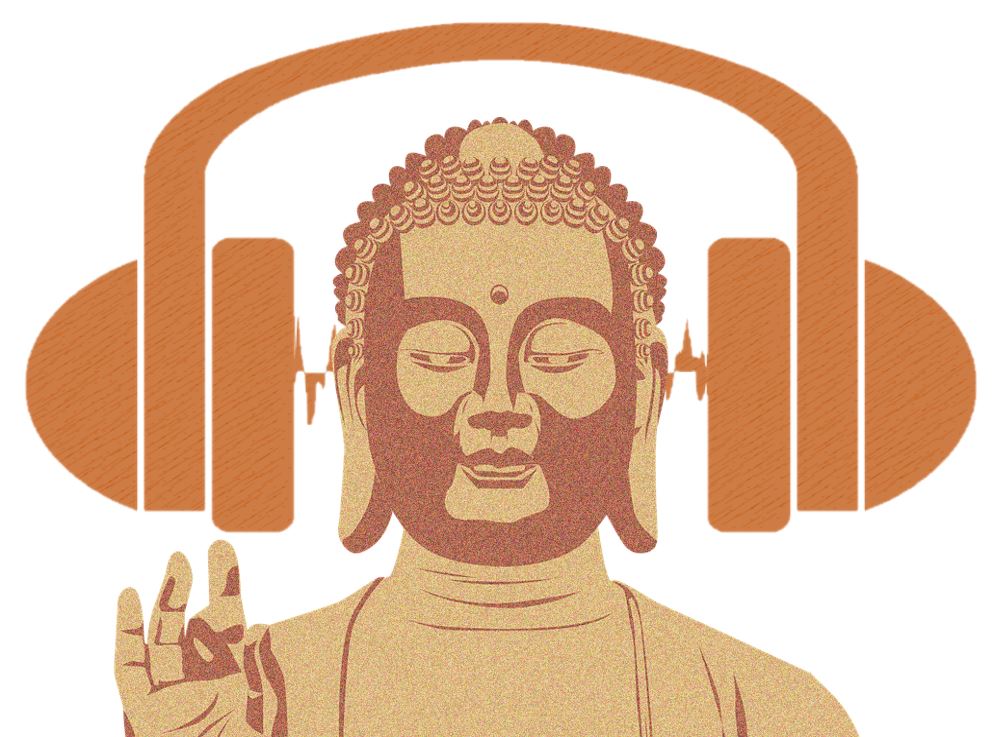At some point, hopefully we begin to fall in love with meditation and the inherent wisdom we gain from this path of practice. This means we really make it a top priority, not because we “should” or think it’s a good idea, but because we start to see the tangible benefits manifesting in our life. We may also begin to get a sense of spiritual urgency or samvega. We understand that meditation can be a stable, reliable refuge for us even during the difficult times in our lives.

Reflections on the fire element, how it shows up in us and in society, and suggestions for practice.

The Historical Buddha said that he taught only suffering and the end of suffering. While this sounds straightforward, the psychology, multitude of methods, and 1000s of the Buddha’s discourses can make understanding how to end suffering unclear and confusing.
At the center of getting a sound overview of practice, and understanding how the many pieces of practice fit together in one, cohesive whole, is the principle of discovery. It is the center piece around which all elements of practice revolve.
The talk and discussion this evening will focus on this important principle and the role it plays in meditation, daily life, and relationships.

Join us as we continue the conversation from our February 13th introduction to SIM’s Five-Year Plan and fundraising effort. This gathering will be an opportunity for the community to ask questions, share reflections, and engage in small group discussions about the future of our sangha.
If you missed the February 13th presentation, you can listen to the recording here: State of the Sangha.
Your voice is essential as we navigate the choices ahead. Whether you have questions, concerns, or ideas to share, we encourage you to participate in this important dialogue. Together, we can shape a sustainable and thriving future for SIM.

What happens when we let go of expectations and open fully to life as it is? This talk explores the freedom that comes from releasing grasping and resistance, allowing us to meet each moment with wisdom, compassion, and ease.


Each moment, the mind takes on an attitude, perspective, or way of seeing. These perspectives will often color our vision such that reality is missed and we see everything through me-colored glasses. Tonight we will talk about skillful ways of regarding experience that support us to take off distorted lenses and see the world anew.

All of us wish to live in peace, yet we sometimes find ourselves in conflict with others. What can we learn from the Buddha’s teachings on how to effectively work with discord?

Sacramento Insight Meditation invites you to a special gathering where we’ll reflect on our journey as a community, share our vision for the next five years, and discuss the financial health of our sangha. This is an opportunity to connect with fellow practitioners, learn about our five-year plan, and explore how we can all contribute to creating a vibrant and sustainable future together.
Together, we’ll deepen our understanding of SIM’s initiatives in teaching, leadership, and infrastructure, and consider how our collective efforts will support future generations of Dharma practitioners.

Be honest. How well do you accept criticism or an admonishment? What is your response when an action you have taken, or a view you hold is challenged by another? or corrected? Have you ever investigated your physical and mental response when you have been in this situation?
According to Buddhist philosophy, a critique of an action or belief which is contrary to your own could be of strategic benefit to you… if you are able to hear it. One of the Buddha’s most well-known senior monks, Mahamoggallana, offered guidance on this subject — enumerating the qualities of someone who can and cannot be admonished. Equally important, how do we effectively offer another person a differing —and often challenging — point of view or advice. Will we endanger our relationship? Mahamoggallana’s reflections are as relevant today as they were 2,600 years ago.
Visit Us
SIM meets online and in-person at the Sacramento Dharma Center
What is Dana?
Dana is a Buddhist word that means generosity or heart. Nearly all Sacramento Insight Meditation activities are offered on a dana (donations) basis. This means our programs are sustained by the generosity of instructors in offering teachings freely and on the generosity of students and members of the meditative community in the form of financial support, service and participation in events. Practice dana, please support our Sangha. DONATE NOW
